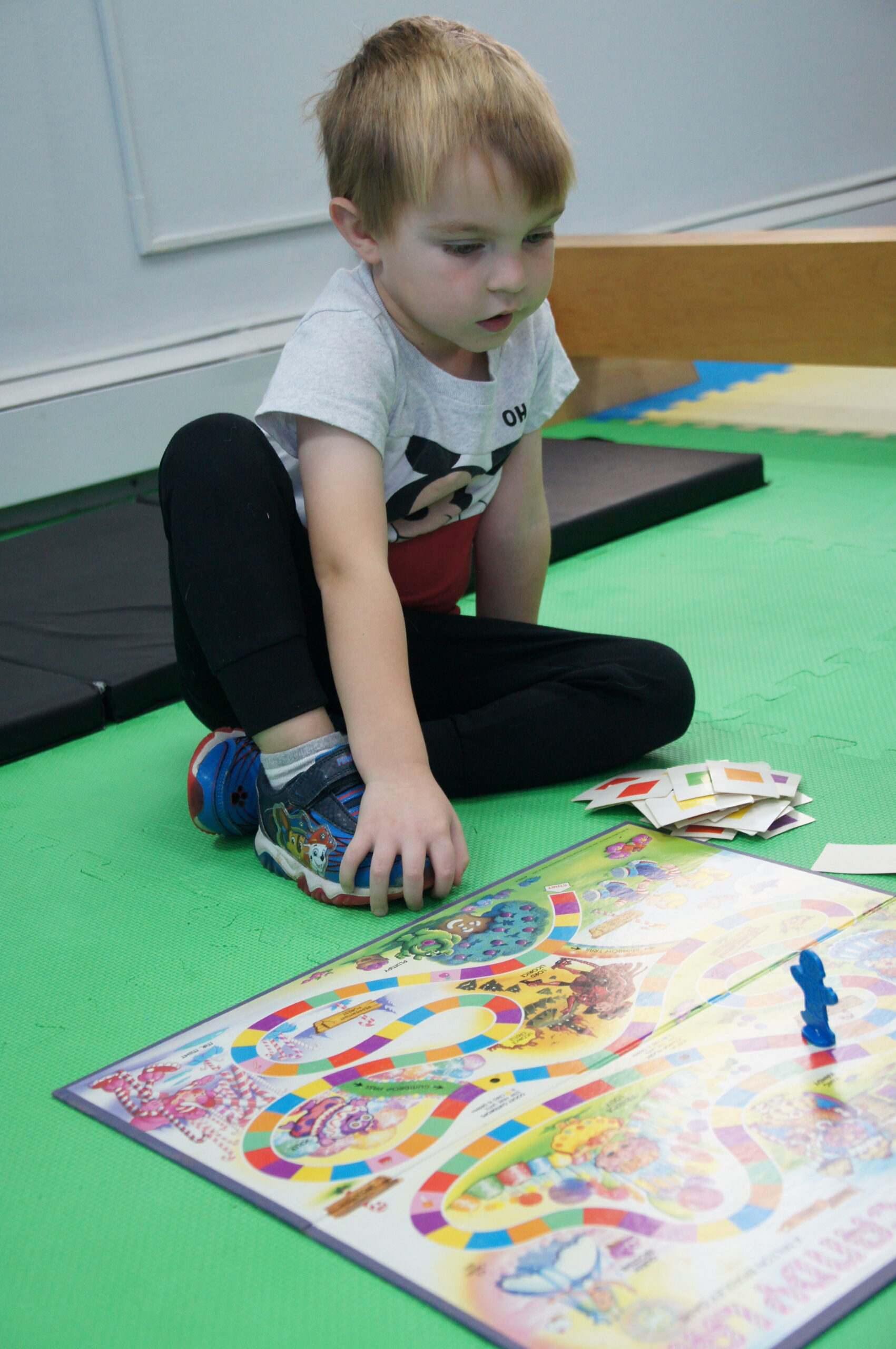About
Play Therapy Milwaukee




Our Milwaukee clinic is warm and welcoming, full of toys, gentle pets, and trained therapists who care deeply about helping others. We provide a safe environment for children, tweens and adolescents to explore their feelings, thoughts, experiences and behaviors through therapeutic play, enabling them to develop a full and healthy sense of who they are and how they relate to the world around them. We have been helping our clients to thrive for over 20 years.
There are two main types of play therapy:
- Directive play therapy: In directive play therapy, the play therapist guides the session. For example, the play therapist may introduce a specific activity or new toys for the child to play with. With directive play therapy, the therapist has certain goals and outcomes in mind and uses play to help the child learn new skills and make new connections.
- Non-directive play therapy: This type of play therapy is largely guided by the child. The play therapist may place specific toys in the playroom, but it is up to the child to decide what to do and how to play. There are certain outcomes still in mind for the child, but the therapist adapts their approach to achieve those results through the child’s preferred play activities.
Play therapists use a wide variety of techniques to engage children in therapeutic play. Common techniques include:
- Doll Houses offer children the chance to explore and act out situations and experiences from real life in a safe and inconsequential way. This doesn’t only mean difficult or stressful situations, but also exciting or wished-for occurrences and most often, everyday situations. Put simply, children use doll’s houses to rehearse for real life and to understand the world they live in.
- Opportunities for Dramatic play that are spontaneous, child-initiated, and open ended are important for all children. Dramatic play expands a child’s awareness of self in relation to others and the environment.
- Bibliotherapy is defined as the use of literature to help people cope with emotional problems, mental illness, or changes in their lives. It is used to produce affective change and promote personality growth and development.
- The Art making process can often bypass defense mechanisms that prevent kids and teens from saying how they feel aloud. It has the power to externalize and transform their inner experiences — giving them the opportunity to express their thoughts or feelings while making art.
- Puppet therapy is a useful and helpful technique used by therapists to help children in communicating thoughts and expressing emotions. This technique has a very important role in cognitive behavioral play therapy. As communication tools, these puppets can be used by kids when acting out certain scenarios, conversations, or events that can help the experts understand what children are going through.
- Board games can teach important social skills, such as communicating verbally, sharing, waiting, taking turns, and enjoying interaction with others. Board games can foster the ability to focus, and lengthen your child’s attention span by encouraging the completion of an exciting, enjoyable game.
- A Sensory room is an environment where children are given the sensory input they need to self-regulate and decompress.
- Sandtray therapy involves the use of miniatures. Clients are encouraged to use miniature toys, figurines and objects in the sand in a way they choose. They can place the miniatures in the sandtray in any order. The design of the sandtray is guided by their imagination and their subconscious. The result is a microcosm of their inner world. The world within the sandtray is expressed through symbolism and metaphor, and may not even make immediate sense to the client. But aided by the therapist, a client, can begin to recognize the relationship between the creation in the sand and their own inner world.
- Digital Play TherapyTM is a modality that utilizes highly motivating, immersive activities to incorporate the therapeutic powers of play into the play therapy process to deepen relationships, gain mastery and skill development, psycho-education, and mindfulness.
- Animals (cat, turtle, hamsters) offer a special type of relationship for children, one that immediately helps children feel comfortable and at ease. This helps facilitate rapport with the therapist as well as helping the child to get to difficult or sensitive issues more quickly.
Although play therapy is perhaps most associated with treating children who have experienced trauma, it has proven effective for a variety of conditions and scenarios, including:
- ADHD
- Anger management
- Anxiety
- Autism
- Conduct disorder
- Depression
- Grief
- Intellectual disabilities
- Low self-esteem
- Oppositional defiant disorder (ODD)
- Social skills deficits
Play therapy is often used in concert with other forms of therapy, including:
- Cognitive behavioral therapy (CBT): CBT helps people identify unhelpful or negative thought patterns that affect their emotions and behaviors.
- Gestalt therapy: Gestalt therapy focuses on the present moment and takes a holistic approach to healing.
- Trauma-informed therapy: Certain therapies, such as prolonged exposure therapy, EMDR, or somatic therapy, have proven effective for people who have survived traumatic experiences.
